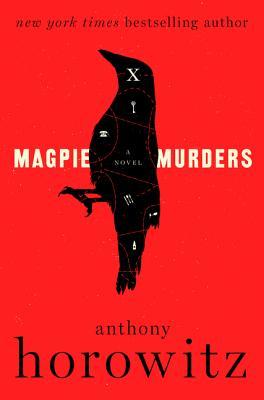
The Night She Died by Dorothy Simpson
Here we first meet Detective Inspector Luke Thanet. The crime to solve? Julie Holmes, still wearing her tweed overcoat, is found stabbed in the hallway of her home on quiet Gladstone Road. Her husband claims he found her dead when he returned home from class. Can he be trusted? Or perhaps the killer was one of the other men in Julie's life? A former boyfriend from London? Her boss? Or was it someone from her childhood?
I liked Inspector Thanet. He has a wife and two children and in this outing, at least, has a tendency to overthink things and jump to conclusions. But then he is mature enough to acknowledge his own shortcomings. A promising start.
This was published in 1981 and Ms. Simpson has 14 more mysteries featuring Luke Thanet the last of which came out in 1999.
How to Murder a Millionaire by Nancy Martin
This one is just pure fun. Nora Blackbird is from old Philadelphia money. Unfortunately the money is all gone, but she and her sisters Libby and Emma still mingle with high society. Nora has taken a job as society columnist for a Philadelphia paper. She attends a cocktail party hosted by the paper's owner, millionaire art collector and family friend Rory Pendergrast, and discovers his dead body. That will put the end to any party!
Nora's sleuthing uncovers all sorts of secrets and I had a delightful time amateur-detecting with her. Looking forward to reading more about the Blackbird sisters and their high society high jinks.
What's new on your bedside table?










